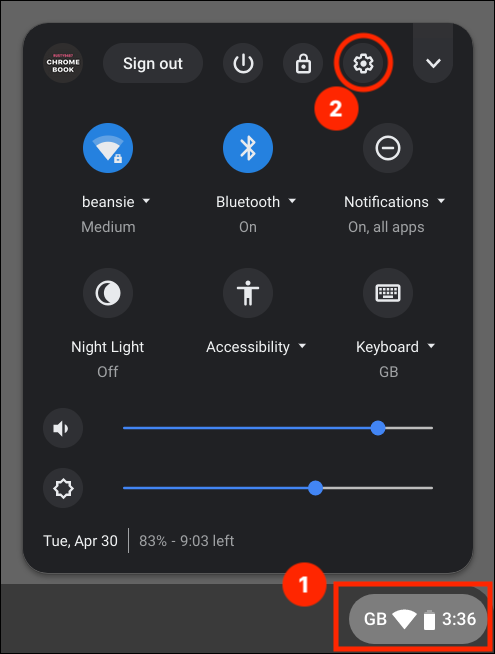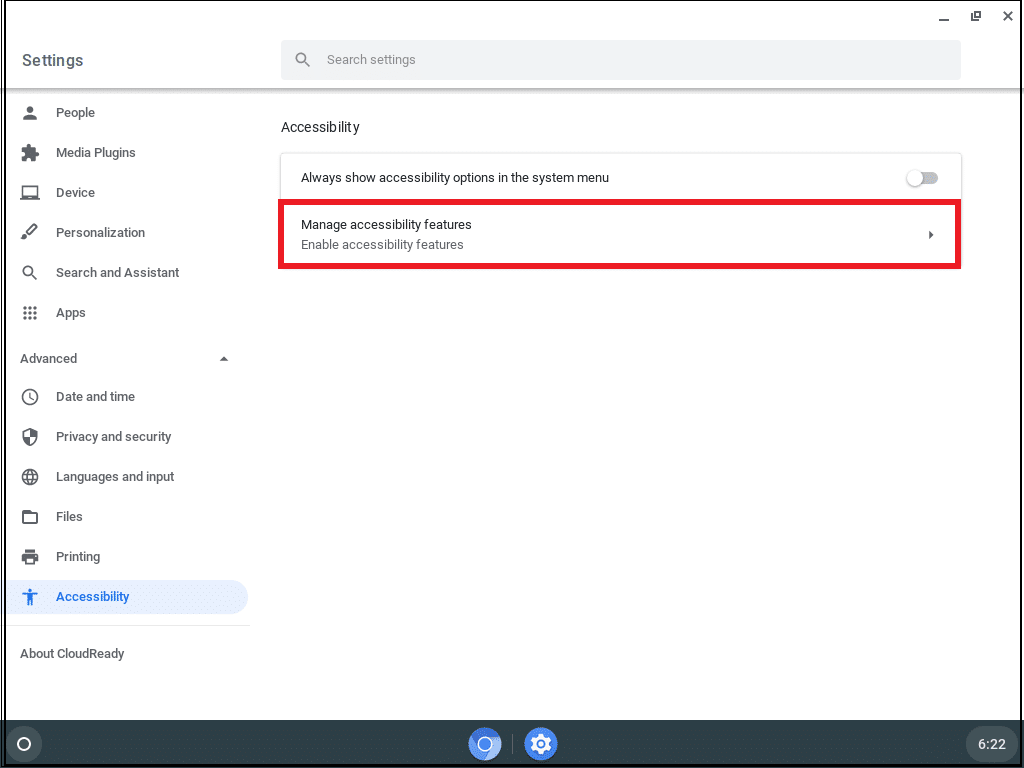

We’re constantly making updates to Chrome OS to make all Chromebooks more accessible for people with disabilities. The guide includes tips tailored for different types of disabilities to help your family get the most out of Chromebooks and adapt to distance learning. Using your touchpad, click and drag your cursor across the text you wish to. For example, if you set the shelf to appear on the left side of the screen, it will look similar to the below screenshot. In the sub-menu, select either Left, Bottom, or Right depending on your preference. In the menu that pops up, select Shelf Position.
HOW TO CHANGE YOUR CURSOR ON CHROMEBOOK HOW TO
If you have a child with a disability and they’re distance learning, check out our new Guardian’s Guide for advice on how to best use Chromebooks for learning from home. With Docs, you can change the font of any text contained in your document. First, right-click the shelf or an empty part of your desktop. Guide kids with disabilities who are distance learning This makes the web more accessible for people with low vision or who are blind.

Chrome is now the first browser to generate PDFs with auto-generated headings, links, tables and alt-text that make them more easily legible for screen-readers. Now it’s easier to export websites as accessible PDFs in Google Chrome, including on Chromebooks.

It includes info on key Chromebook accessibility features, including links to video tutorials and useful Help Center articles. We recently launched the Chromebook accessibility hub for people to learn about getting started with accessibility features on Chromebooks. Say hello to the Chromebook accessibility hub


 0 kommentar(er)
0 kommentar(er)
